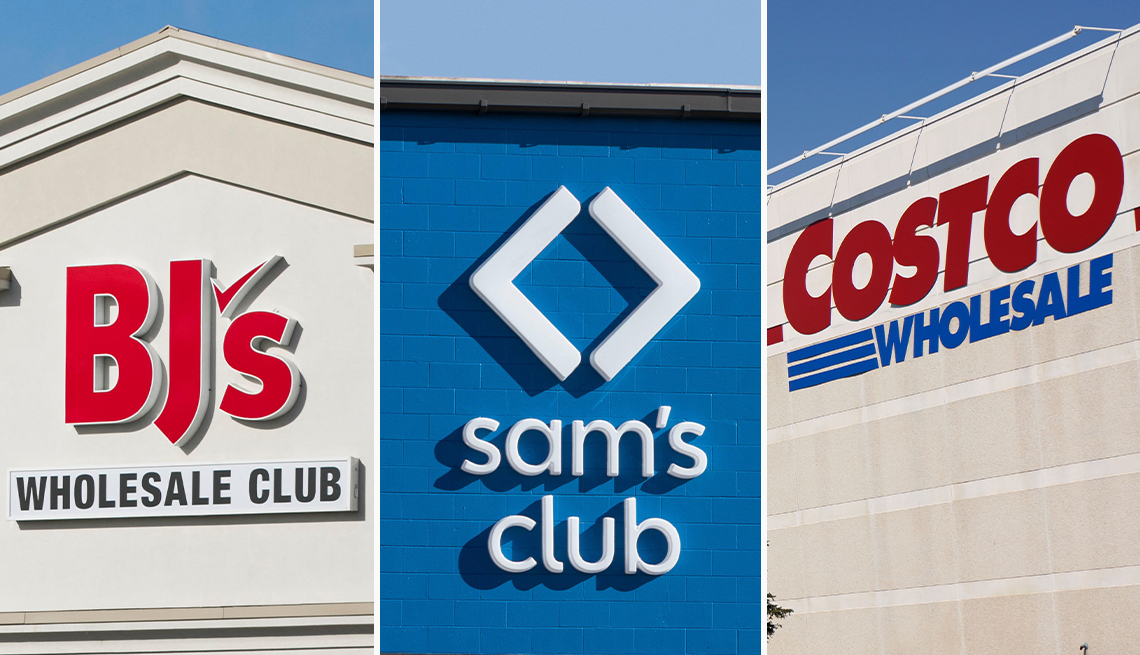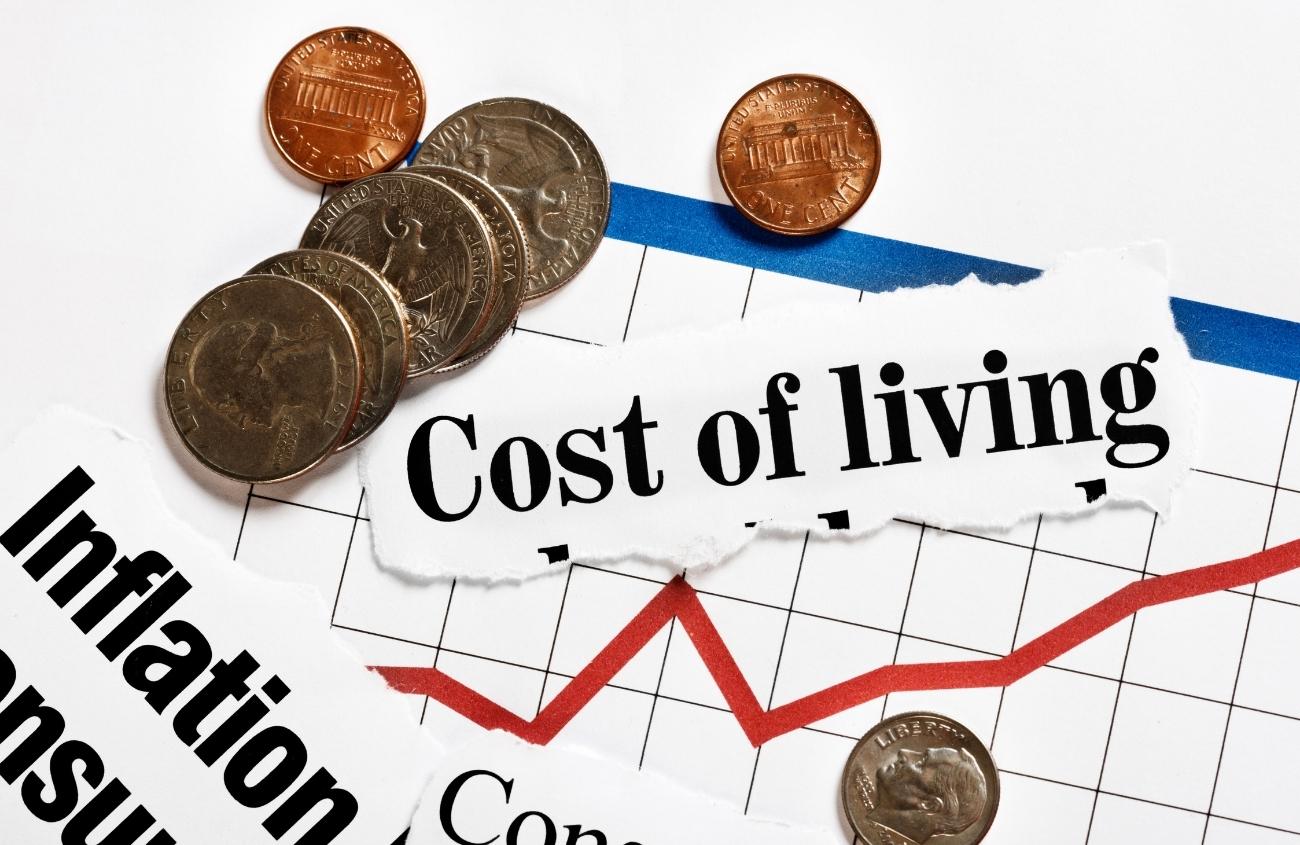What U.S. Consumers Are Really Buying Right Now: Viral Trends, High-Tech Tools, and the New Psychology of Shopping

Summary
U.S. consumers are reshaping the retail landscape in real time, blending emotional impulse with unexpected investment as they navigate economic pressure and digital influence. Social conversations show that Americans are simultaneously splurging on high-performance niche tools, making impulsive TikTok-driven micro-purchases, and buying controversial or loosely regulated products that reveal widening trust gaps in the marketplace. Even as budgets tighten, spending on beauty, wellness, and status-defining items remains resilient, signaling that identity, comfort, and social proof matter more than ever. The result is a consumer environment where viral influence outweighs traditional marketing, transparency becomes a competitive advantage, and brands must track fast-moving cultural signals to stay relevant.
What U.S. Consumers Are Really Buying Right Now: Viral Trends, High-Tech Tools, and the New Psychology of Shopping
By RILA Global Consulting – Social Listening & Consumer Intelligence
The U.S. consumer economy is shifting faster than traditional datasets can capture. But in real time, social conversations reveal exactly where wallets are opening—and why. Beyond inflation anxiety and holiday shopping pressure, Americans are buying a fascinating mix of high-tech tools, viral social-commerce items, and controversial personal-care products that expose the emotional drivers behind today’s retail behavior.
Across millions of social posts, three forces show up repeatedly:
- Impulse buying fueled by TikTok and digital storefronts
- Investment in niche, professional-grade equipment
- A rise in “gray area” products that thrive in regulatory gaps
Below is RILA’s breakdown of the most telling purchase signals—and what they say about consumer behavior.
1. Consumers Are Investing in Unexpected High-Tech, Professional Tools
Even while many Americans are tightening their grocery budgets, a surprising number are spending on specialized tools and equipment—a trend tied to DIY culture, small-business growth, and skill-oriented hobbies.
- Professional bonsai tools are selling thanks to endorsements from exclusive U.S. distributors, positioning them as unmatched in quality.
- Industrial dust-collection equipment—including the Dust Right 1250 CFM and Festool CT 48—are being touted as “absolute game changers” for workshops.
- A titanium shovel weighing only 380 grams is gaining attention among tactical and utility shoppers, purely for its novelty and portability.
Signal: Consumers may be cutting back elsewhere, but they’re willing to splurge on tools that deliver mastery, performance, or status within niche communities.
2. Viral Social Commerce Is Driving Wildly Specific Impulse Purchases
The TikTok → Checkout pipeline is now one of the strongest impulse engines in U.S. retail.
- The now-famous “jelly bra”—a trending $8 TikTok Shop product—has gone viral for outperforming luxury bras, based on real consumer testimonials.
- Users describe TikTok Shop itself as “dangerous”, noting carts filled with 10+ items they never planned to buy.
- In the gaming world, consumers are tracking and buying Fortnite skins, emotes, and collabs (Kratos, Tate McRae, Madison Beer), showing how digital goods now compete with physical retail.
Signal: The fastest-growing retail channel is emotion-driven micro-purchasing, powered by social proof and zero friction between content and commerce.
3. Consumers Are Buying Controversial or Loophole Products at Scale
Some emerging purchase behaviors raise eyebrows—and regulatory questions.
- Many Americans are only now realizing they’ve been consuming meat and milk from cloned animals (FDA-approved since 2008) without required labeling.
- Shoppers searching for massage gun parts jokingly (and sometimes not jokingly) note the presence of “sus” attachments that “pretend they’re not for other uses.”
- Gas-station shelves are filled with Delta-8, Delta-9, and synthetic THC, often in unregulated form—fueling confusion and safety concerns.
- In gender-affirming care discussions, some claim they’ve been sent to a sex shop (Janet’s Closet) to pick up certain items treated like “prescriptions.”
Signal: Gaps in regulation and labeling are creating entire micro-markets consumers don’t fully trust—but continue to purchase from anyway.
4. Beauty, Luxury Services & Emotional Spending Still Find a Way In
Despite financial pressure, people still carve out budget for emotionally meaningful purchases.
- Requests for others to fund nail appointments and shopping sprees show a blend of humor, aspiration, and lifestyle signaling.
- Engagement rings remain a major spend category, with social conversations emphasizing cost, expectations, and the risk of “getting it wrong.”
- Pre-holiday burnout is fueling purchases of wellness bundles—calming oils, candles, massage pads, and shower bombs—marketed as instant relief.
Signal: Small luxuries remain recession-resistant, especially when tied to identity, relationships, or self-soothing.
What This Means for Brands
The pattern is clear:
- Impulsive, influencer-driven spending is rising
- Niche, high-performance tools still command premium dollars
- Regulation gaps are shaping entire shopping categories
- Emotional retail is filling the gap created by economic anxiety
For brands and retailers, this means:
- Clear social-proof messaging is more persuasive than traditional ads
- TikTok Shop and micro-influencers are now core revenue channels
- Transparency and safety claims matter more as consumers question quality
- Bundled “emotional value” products (calm, comfort, self-care) outperform basics
At RILA Global Consulting, we track these fast-shifting consumer signals across millions of conversations to help brands understand what people are actually buying, why they’re buying it, and where the next demand surge will originate.
Read More

Q4 Consumer Signals: What Costco, BJ’s, and Sam’s Club Tell Us About Holiday Spending
The article delves into Q4 consumer signals gleaned from Costco, BJ's, and Sam's Club, highlighting how these wholesale retailers provide a crucial barometer for holiday spending and evolving shopper expectations. While value and bulk purchasing remain paramount, consumers are exhibiting diminishing patience for operational frustrations, demanding seamless experiences alongside significant savings. Costco navigates a reputation for premium value amidst growing complaints of overcrowding, BJ's champions aggressive deals despite service inconsistencies, and Sam's Club leverages digital convenience that is often undermined by fulfillment issues and unexpected viral moments. Collectively, these insights paint a picture of a holiday season where consumers are highly deal-sensitive but increasingly expect retailers to mitigate the inherent stresses of holiday shopping, offering early indicators of shifting loyalty and household budget priorities.
December 7, 2025
READ MORE

Thanksgiving 2025 Social Media Trends: What 2 Million Consumer Conversations Reveal
Thanksgiving 2025 conversations on social media revealed key consumer sentiments and trends, with over 2 million posts highlighting holiday planning, food prices, and family dynamics. Millennials, in particular, are shaping purchasing decisions. While overall sentiment was positive, concerns about specific item price spikes and distrust in AI-generated recipes emerged. Retailers can leverage insights on value, convenience, and transparency to better connect with consumers.
November 27, 2025
READ MORE

Black Friday 2025: What Consumers Really Said On Social Media About Holiday Spending
Black Friday 2025 saw over a million social media mentions in the US, revealing a complex consumer sentiment. While shoppers eagerly sought genuine value in deals, particularly for streaming services, electronics, and gaming, they also expressed growing fatigue and distrust due to perceived fake discounts, high-pressure tactics, and financial strain. The emergence of AI tools like ChatGPT and Gemini in the research and comparison process signifies a major shift in consumer behavior, demanding greater transparency and meaningful value from brands to gain trust in future holiday sales events.
November 27, 2025
READ MORE

How Americans Used AI for Thanksgiving 2025: What Millions of Conversations Reveal
As Americans navigated Thanksgiving 2025, artificial intelligence emerged as a helpful, yet cautiously adopted, assistant in the kitchen. While millions of social conversations reveal a willingness to use AI for tasks like generating grocery lists, finding substitutions, and understanding food safety, a significant skepticism remains regarding AI's ability to handle the critical elements of holiday meal preparation. The rise of 'AI slop' highlights concerns about low-quality or nonsensical AI-generated recipes, leading consumers to rely on trusted human sources for the main dishes. Ultimately, AI is seen as a valuable tool for planning and convenience, but not as a replacement for human expertise in crafting the centerpiece of the Thanksgiving table.
November 27, 2025
READ MORE

Best Buy Social Media Analysis Ahead of Earnings: What 500K Online Conversations Reveal
Ahead of its Q3 2025 earnings announcement, over 500,000 social media conversations paint a consistent picture of Best Buy: consumers appreciate its deals, product selection, and the promise of reliable tech support. However, significant frustrations persist regarding delivery issues, complex warranties, and poor customer service follow-through. Despite these operational challenges, Best Buy's brand appears stable and predictable, lacking major scandals or controversies, which suggests a low-drama earnings call and reinforces its image as a reliable, though not always seamless, retail brand.
November 25, 2025
READ MORE

Inside the Crumbling US Job Market: 18M Social Media Mentions on Work, Pay, and Layoffs
Conversations surrounding the US job market have surged, with 18 million social media mentions revealing widespread anxiety about work, pay, and job security. Layoff announcements are at a 22-year high, mirroring levels not seen since the Great Recession, while continuing unemployment claims are nearing four-year peaks. This sentiment is amplified by the emotional texture of online discussions, where people express struggles to afford bills, the necessity of second jobs, and burnout. Concerns about AI's potential to eliminate white-collar roles, coupled with frustrations over applicant tracking systems and 'ghost jobs,' further contribute to a deeply negative outlook, overshadowing positive stories of job acquisition and meaningful work.
November 21, 2025
READ MORE

The End of the U.S. Penny: What Social Listening Reveals About Value, Nostalgia, and America’s Evolving Relationship With Currency
The end of U.S. penny production sparked an online conversation far richer than a simple economic update — revealing a moment where money, memory, and national identity collided. Social listening shows Americans framing the discontinued coin as a cultural artifact, a childhood symbol, and a mirror for anxieties about inflation, political leadership, and a cashless future. Nostalgia blended with skepticism as collectors, financial commentators, and everyday users debated what the penny’s disappearance says about shifting priorities in a modernizing economy. In witnessing the final minting of a coin with 232 years of history, the public wasn’t just reacting to monetary policy — they were negotiating the meaning of value itself.
November 19, 2025
READ MORE

Target in Q3 2025: What 6 Million Social Media Posts Reveal About the Brand
Target’s Q3 2025 social footprint reveals a brand caught between strong product demand and increasingly strained execution. Shoppers still love Target’s private labels, seasonal magic and exclusive collaborations, but their enthusiasm is undercut by widespread frustration with understaffed stores, long checkout lines, messy environments, unreliable digital inventory, app glitches and inconsistent delivery through Shipt and Circle 360. Social and political debates as well as safety concerns add volatility to Target’s perception, even as private-label performance and holiday readiness remain clear strengths. The data shows a widening gap between Target’s brand promise and the real shopper experience - one that represents both a risk to loyalty and an opportunity for operational reinvention.
November 18, 2025
READ MORE

Consumer Sentiment Report: October 2025 - How US Households Are Talking About Inflation, Value and the Cost of Living
The Consumer Sentiment Report: October 2025 reveals an America still reeling from the long shadow of inflation. Across millions of social posts, people voiced anger and exhaustion over prices that “went up and never came back down.” Families described feeling cornered by relentless costs in housing, groceries, healthcare, and utilities, with even higher earners living paycheck to paycheck. Consumers are adapting through extreme price sensitivity—embracing coupons, switching brands, and cutting non-essentials—while expressing deep skepticism toward policymakers and corporations alike. For brands and leaders, the message is unmistakable: the modern consumer demands transparency, fairness, and proof of value in every purchase.
November 8, 2025
READ MORE